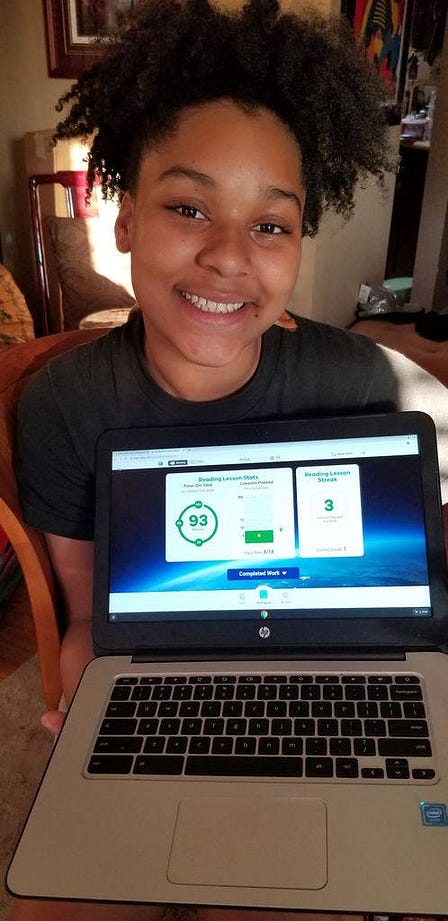The unprecedented interruption of the 2020 school year has laid bare inequities in our system, with one in five California students (over 1 million) lacking either connectivity or a device, a staggering need. The pandemic has forced schools and school districts to make on-the-fly decisions about how to continue instruction and care of students. Some schools lowered expectations for students, ending the year early for the summer or giving every student an A.
Not every school reduced standards and learning, though. There are some success stories emerging during the pandemic, especially among Oakland charter schools. We sat down to hear from leaders at AIMS K-12 College Prep District (AIMS), Community School for Creative Education (CSCE), and BayTech. Here’s what BayTech educators had to say:
The scaffolding it takes most schools to adapt to online learning — including purchasing software and learning how to use it, upgrading computers, adapting lessons — wasn’t as great at BayTech, since the school was already using many of these tools and methods before the pandemic.
Because of that and the culture of the school, the learning didn’t stop. The first Monday of distance learning, students had Personal Learning Platforms (PLPs) developed individually for them. More than 80 percent of BayTech’s middle school students regularly logged on for school. Many students voluntarily took the state test in the spring, and they showed growth, Feldman said. While other schools were shutting down for the year early, BayTech was holding finals for all its students and worked until the last scheduled day of school.
Feldman said personalization for most students worked especially well because it removed a language barrier. “We were able to do everything in Spanish or English” Feldman said. “And having call-in teams who could speak those languages and directly communicate with those parents increased student participation and increased results.”

The high school PLPs met A-G and college eligibility requirements, Feldman said. To get the program running successfully, Feldman said it took some “money, ingenuity and stick-to-it-ness.”
There are 120 kids enrolled for BayTech’s online summer school, including 90 who did so voluntarily through their PLP “because they wanted to advance,” Feldman said. Many are taking high school elective classes to finish early so they can start taking college classes later in high school.

Two student population sub-groups showed especially strong growth during distance learning: English Language Learners and Special Education students.
“When you use assistive technology as the primary means of instruction, with teacher aid and coaching, that means the 8th grader who is reading on a first grade level is getting lessons at a first grade level,” Feldman said, “as opposed to being in school, getting lessons on an eighth grade level. We saw huge growth numbers for Special Education and ELD (English Language Development) students.”
Feldman said 20 percent of BayTech’s ELD students were redesignated during the school year, progress students made, he believes, with the aid of distance learning. School support staff were assigned parents to work with and talk about why redesignation would be beneficial for their students. “It became a very personalized product,” Feldman said. “It’s just basically giving kids attention,”
College counseling sessions and parent conferences had higher attendance because they were more accessible online (though parents did have the option to meet in person if they preferred). “We learned we need to adjust to the needs of parents, not have parents adjust to our needs,” Feldman said. “There’s a new way of doing business that isn’t always, ‘you show up at 7 o’clock at night and I give you a powerpoint and we go through this. Together we can make this new model work for more parents and students’”

